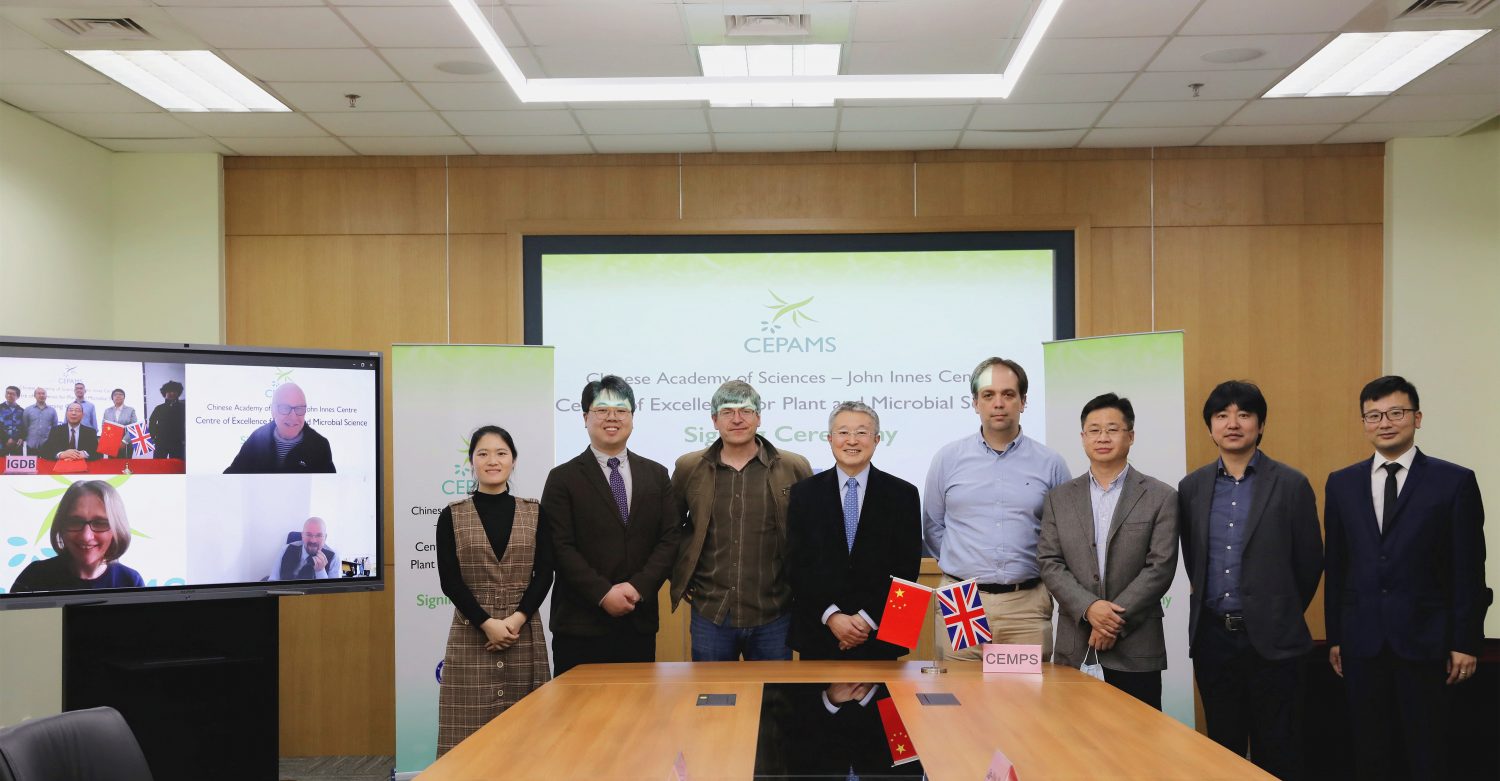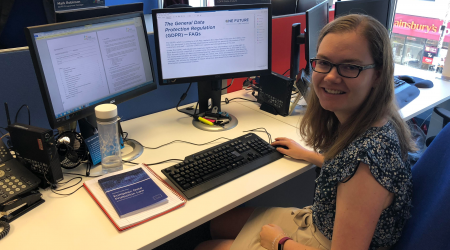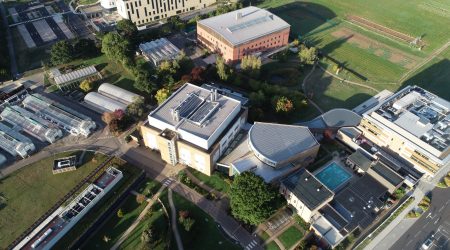The price of fruit and vegetables and ways to support the horticultural sector was one of the subjects being discussed at a recent meeting between Professor Cathie Martin and colleagues at the European Parliament
Other beneficial food interventions advocated by Professor Martin include free fruit for schoolchildren and free side salads in work canteens. In her own lab there is a weekly delivery of locally sourced fruit. She recalls her time as a student volunteer helping single-parent families in the Merseyside town of Halewood,
“The only food outlets were a fish and chip shop and a convenience store. There was no fruit and veg. Many of the kids had never seen decent food”.
The link between diet and health has been a growing passion in the career of Professor Martin who in May was elected as a Fellow of the Royal Society, the 29th scientist in the 108-year history of the John Innes Centre to receive the honour.
Having studied for a doctorate on germination in castor seeds – “I never wanted to work on that again, I was allergic to the seeds” – she gratefully seized on a “fantastic opportunity” to join the John Innes Centre in 1983, to research transposable elements (also known as jumping genes) in Antirrhinum majus (garden snapdragon).
Later she was part of a team that successfully cloned the R locus in pea: this is the gene that determines whether the seed is round or wrinkled and was made famous by Gregor Mendel the founding figure of genetics.
Professor Martin identifies two factors – one personal and the other professional – as influencing her scientific direction. The first was being diagnosed with Type I diabetes shortly after she had finished her PhD at Cambridge in 1981.“Understanding my condition has contributed to the desire not to be taking extra medicines in addition to insulin but to achieve health and well-being through diet,” she says.
But how do you translate the message of food as medicine on a societal scale? In 2002 at a conference Professor Martin met another delegate, an Italian epidemiologist studying the benefits of the Mediterranean diet.
“She was brilliant and incredibly enthusiastic in explaining her studies; how they involved people from their local area somewhere between Rome and Naples and how they could easily recruit 25,000 people to study the effects of healthy food because people there are very proud of their diet,” she recalls. “It made me realise that anthocyanins are quite common in the Mediterranean diet and we should investigate if they had health benefits,” she adds.
The next step was to find foods that either contained compounds such as anthocyanins or resveratrol; or which could be biofortified in food crops using metabolic engineering. “We wanted to see if some of the compounds present in blueberries, blackberries and red wine, for example, could be made in tomatoes because tomatoes are an affordable basic food and the most consumed fruit or vegetable in the world”.
Today, Professor Martin is probably best known for her purple tomatoes – genetically modified using in some cases genes from snapdragon that impart anthocyanin-rich purple pigment. Cancer-prone mice live 30% longer when their diet is supplemented with purple tomatoes rather than red ones.
Another purple tomato growing in the John Innes Centre glasshouse contains in one fruit the same amount of resveratrol as in 50 bottles of red wine.
Other lines developed using GM technology include yellow tomatoes containing flavonols, which are good antioxidants, and bronze tomatoes that have shown in tests to have strong effects on suppressing inflammation in bowel conditions such as colitis.
A good deal of this work has been funded by European collaboration projects. “The European projects have been fantastic because they have taken me out of my comfort zone focusing on academic research and allowed me to learn much more about applications,” says Professor Martin.
In 2014 she won a BBSRC Most Promising Innovator award along with Dr Eugenio Butelli for their development of the purple tomatoes.
A spin out company jointly set up by Professor Martin, Norfolk Plant Sciences, is awaiting regulatory approval in North America to produce seedless purple tomato juice made from GM varieties. Professor Martin believes the product will probably be driven by internet sales,
“People can choose for themselves that way,” she says. It will be a consumable brought about by a colourful, accessible and health-enhancing product supported by scientific evidence for their protective effects.
“I was always more interested in what you could do with scientific understanding rather than just publishing a paper saying this is how it works,” she says. “More recently, I wanted to do research that my mother could understand; transposable elements in flowers was never going to work, but coloured, healthy tomatoes had potential.”





